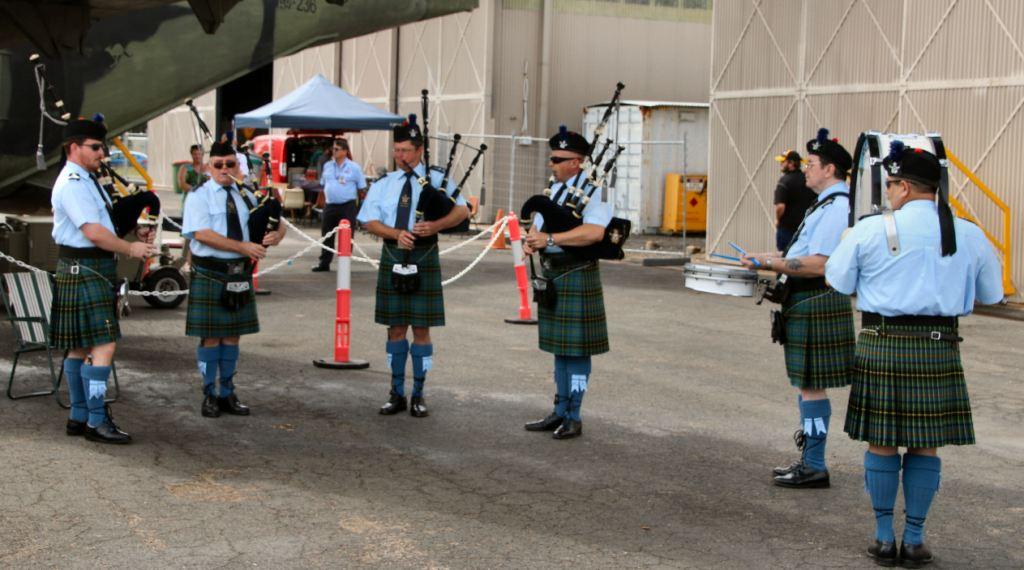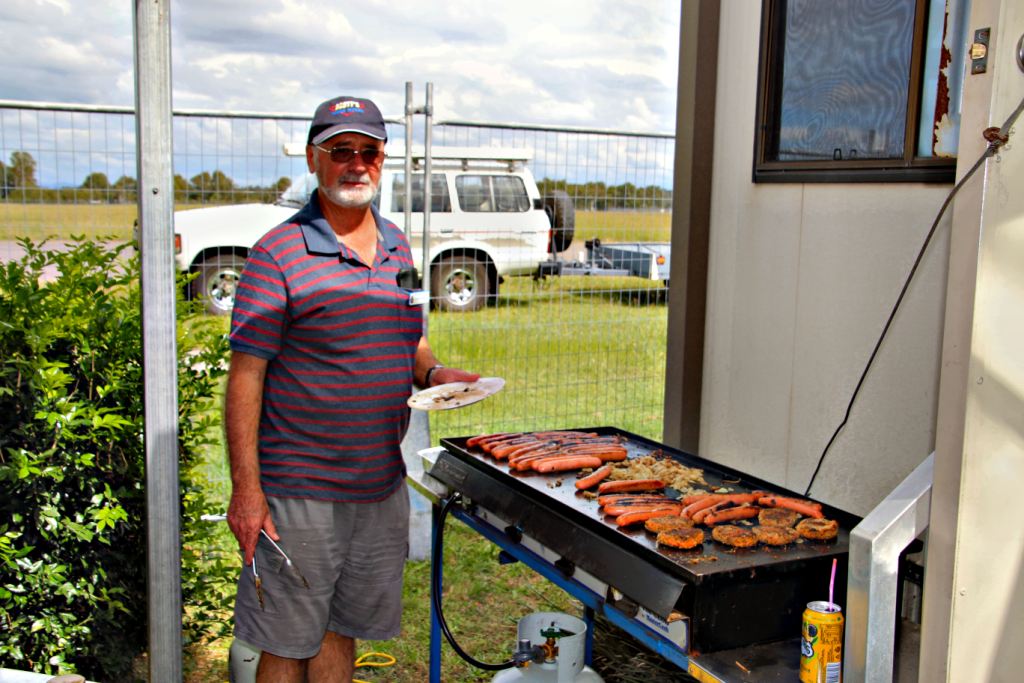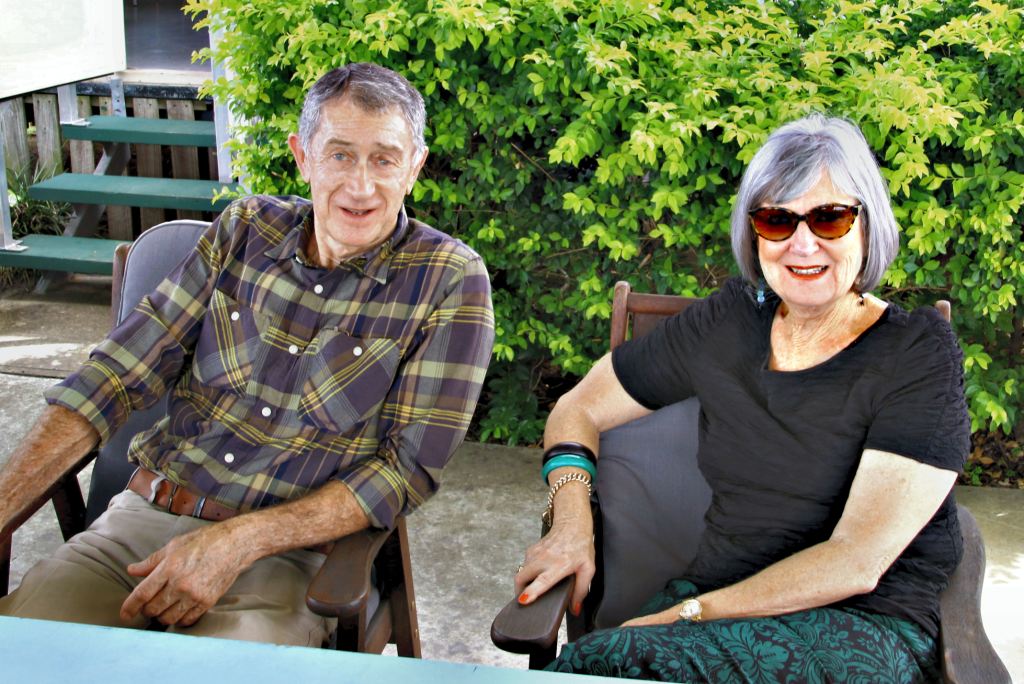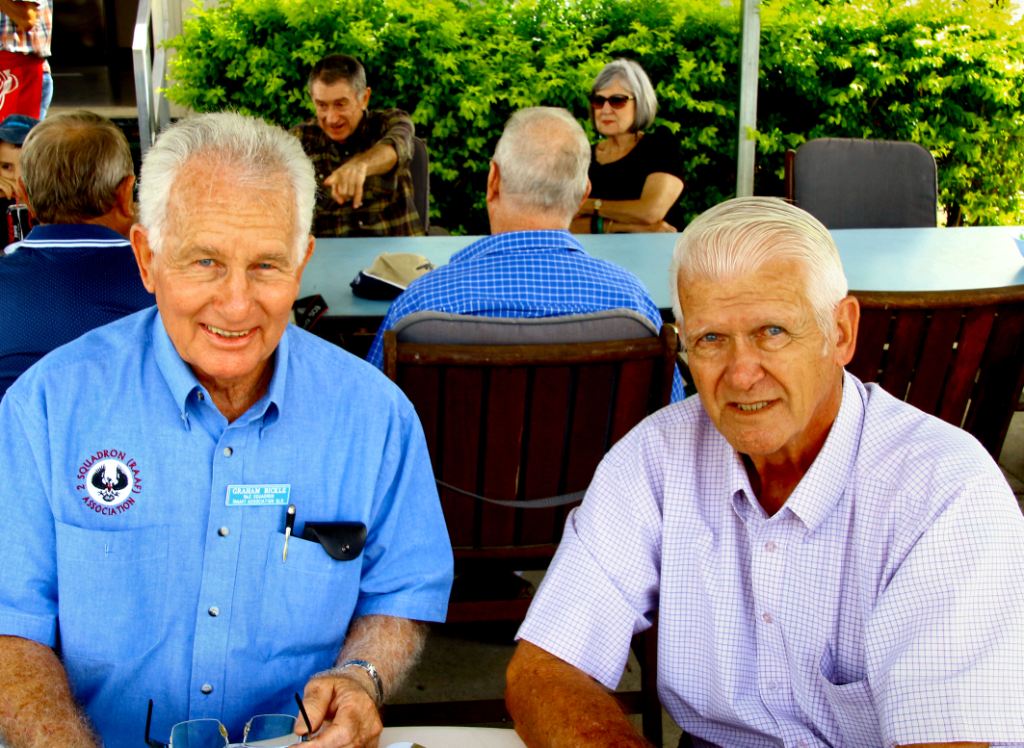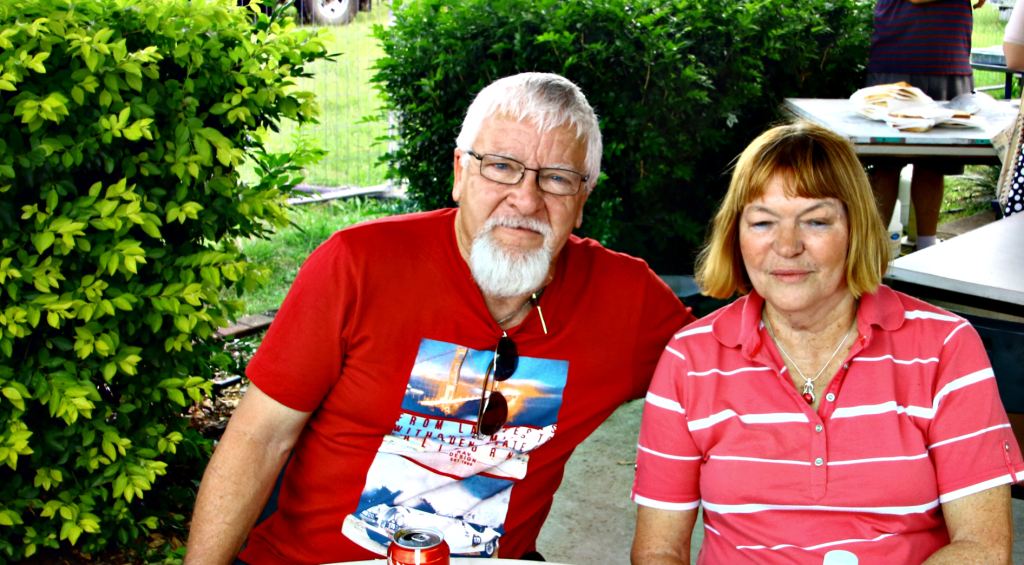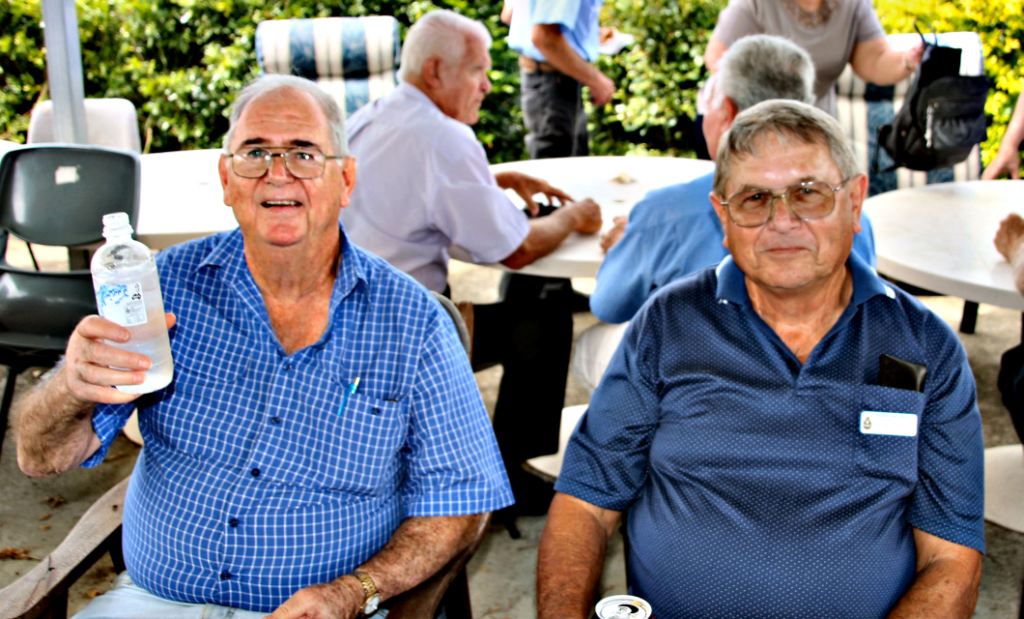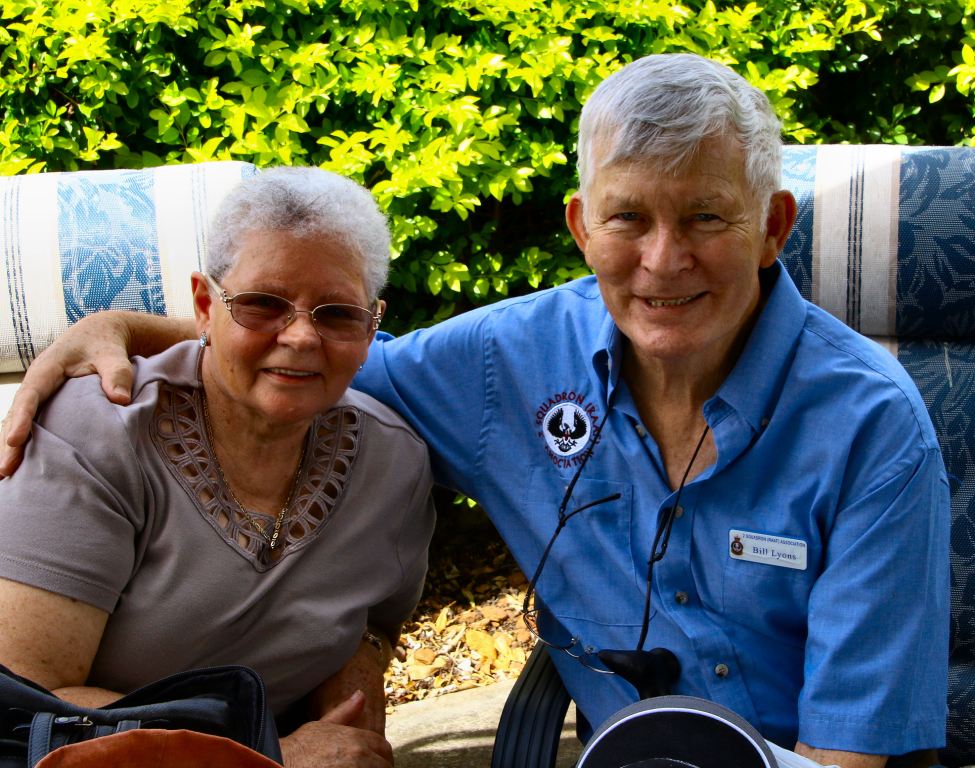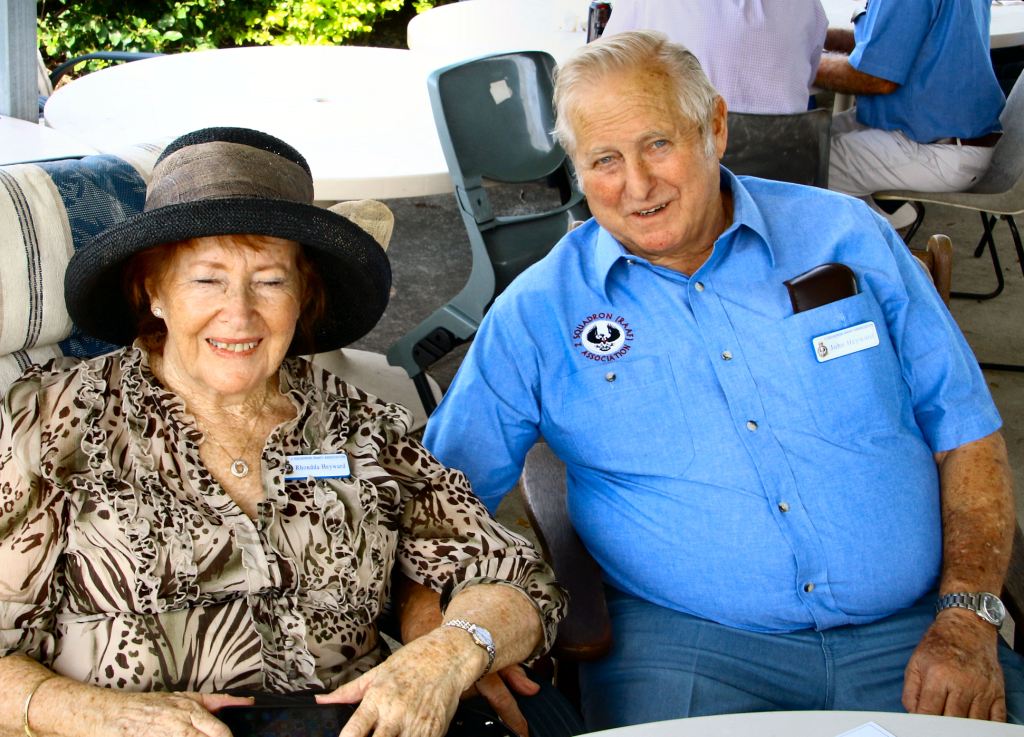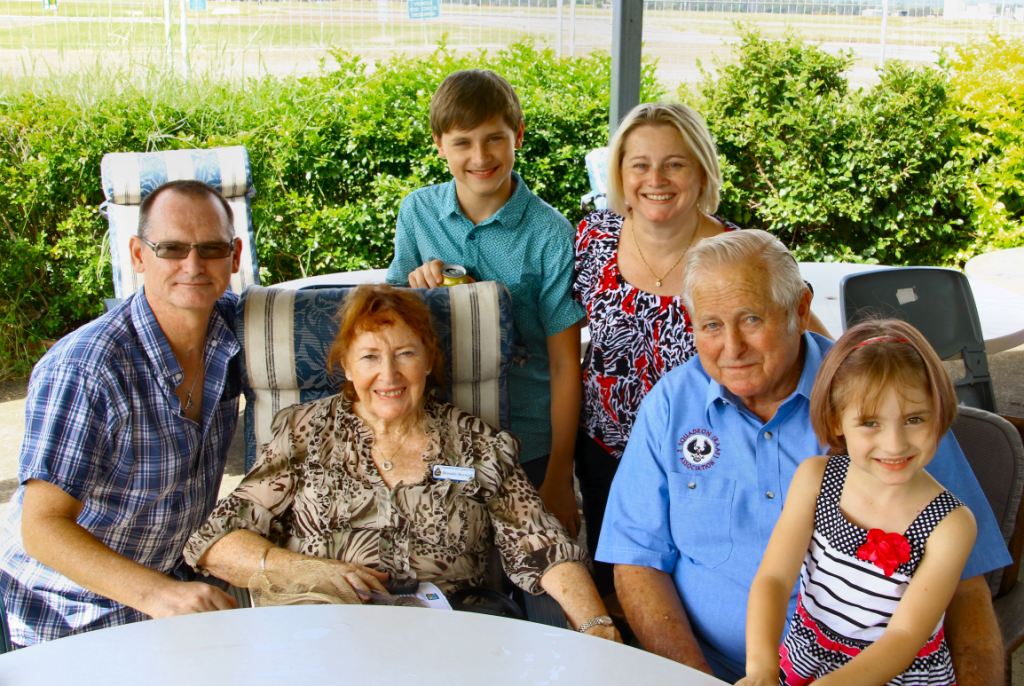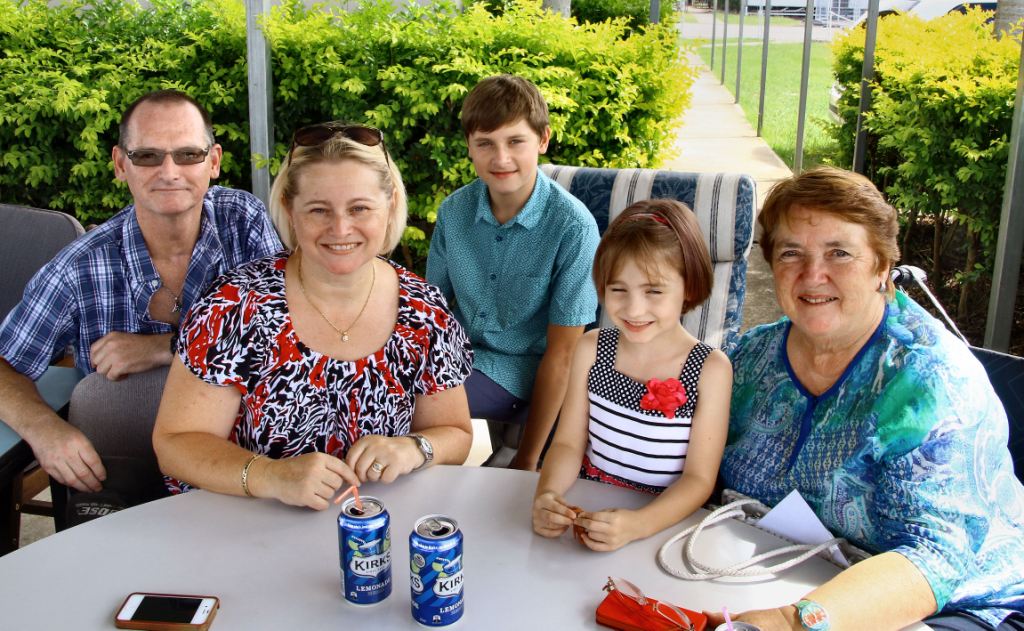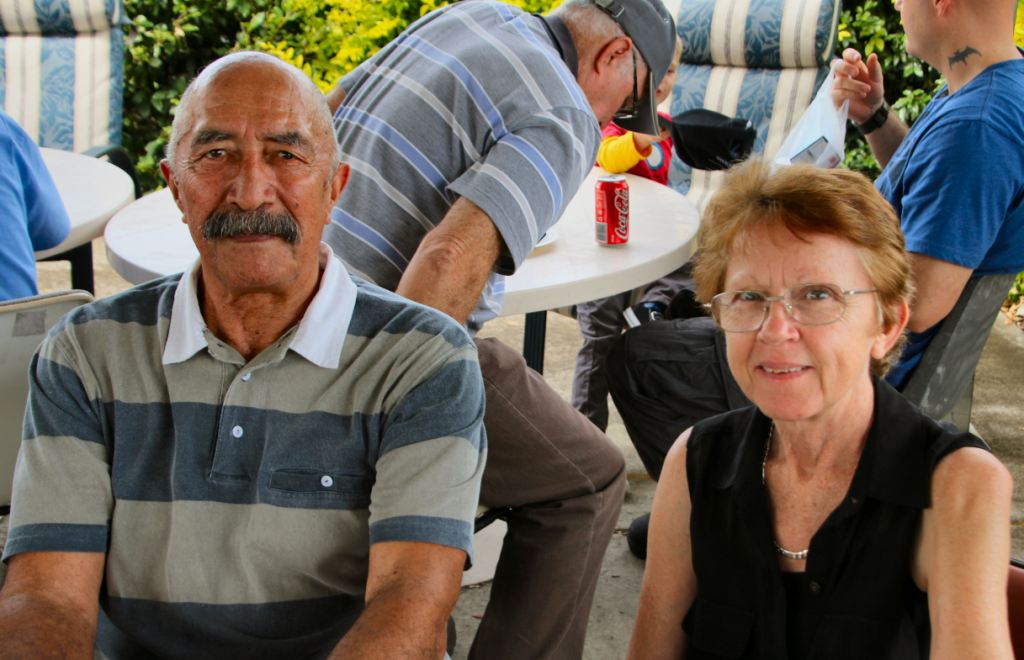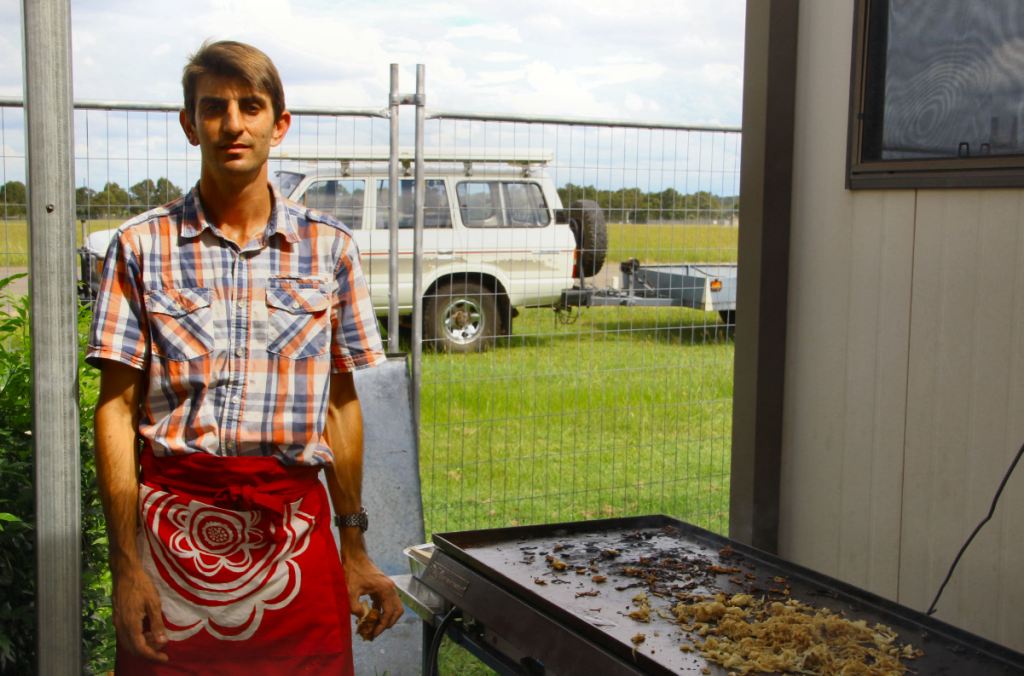|
|
||
|
||
|
Privacy Policy | Editorial Policy | Profit Policy | Join the Association | List of Members | Contact us | Index | Links |
||
|
Back Go to page: 1 2 3 4 5 6 7 8 9 10 11 12 13 14 15 16 17 18 19 20 Forward
|
||
|
|
||
|
2 Sqn remembers.
You can click some of these pics to get a better view.
On Sunday the 19th April, 2015, a bunch of blokes got together at Amberley to commemorate the 48th anniversary of the Canberras arriving at Phan Rang in Vietnam.
When the
eight Canberras of 2 Squadron landed at Phan Rang in April 1967, the
squadron had already been serving in south-east Asia for nine years. In
July 1958 it had been sent to Butterworth to relieve 1 Squadron as part
of the Far East Strategic Reserve. 1 Squadron, which operated Lincolns
at the time, had been the mainstay of the Commonwealth air operations in
Malaya during the Malayan Emergency but by the time 2 Squadron arrived
the communist insurgency was all but over. The squadron did, however,
fly some missions, including several large strikes against the communist
terrorists. On the 2nd October 1958
Phan Rang is 260 kilometres north-east of Saigon and the base was situated about 13 kilometres from the city. It was a giant complex, home to the United States Air Force's 35th Tactical Fighter Wing and covered more than 27 square kilometres and it had only recently been completed when 2 Squadron arrived. The first of the squadron's Canberra landed at Phan Rang on 19 April and flew their first mission on 23 April. For the next four years the squadron flew an average of eight missions a day, seven days a week. Unlike the 1st Australian Task Force in Phuoc Tuy province (9 and 35 Sqns), which operated independently of American forces, 2 Squadron was integrated into the 35th Tactical Fighter Wing, although its missions were restricted to targets in South Vietnam.
For the first few months the squadron mostly few "combat sky spot" missions, where aircraft were guided by ground radar to a target and told when to drop their bombs. Most of the flights were flown at night and tended to be routine and boring. In September the squadron began low-level daylight bombing, hitting targets from low altitude, between 370 and 915 metres. The squadron had conducted similar bombing missions in Malaya but refined its accuracy in Vietnam to such an extent it consistently out-performed all other units of the 35th Tactical Fighter Wing.
This high proficiency was not limited to just aircrew, but applied to the ground crew as well. The maintenance staff worked 24 hours a day on a two-shift roster, achieving the noteworthy rate of 97 per cent serviceability.
|
||
|
The Poklong Garai towers, situated on a hill overlooking the Phan Rang airfield.
|
||
|
The squadron hit targets from the demilitarised zone in the north, the border between North and South Vietnam, and the Mekong Delta in the south. This included enemy concentrations around Hue, the siege of Khe Sanh in 1968, and the South Vietnamese attack into Laos in 1971. In total, the squadron flew over 11,900 combat missions. It also lost only two aircraft during the conflict, one disappearing on a night bombing mission in 1970, with its crew listed as "missing in action" (since recovered), while the other was shot down by a surface-to-air missile near the demilitarised zone in 1971.
|
||
|
Phan Rang airfield, photo taken from the Poklong Garai towers.
|
||
|
In June 1971, after four years and two months in Vietnam, 2 Squadron returned to Australia, the first RAAF squadron to do so. Upon its return 2 Squadron was awarded two foreign unit citations, the Cross of Gallantry with Palm from the Republic of Vietnam and a United States Air Force Outstanding Unit Award.
Fortunately, the 19th April 2015 fell on the third Sunday in the month, and as the Heritage Museum at Amberley is open each third Sunday, and Amberley being the “home” of the Canberra, the 2 Sqn blokes decided to hold their commemoration on the base, at the museum.
The first thing you notice, if you haven’t been to Amberley for a while, is the huge change in the entrance to the Base.
|
||
|
|
||
|
The new
entrance is now about a kilometre out from the old gate where Canberra
A84-201 still sits pride of place. A new “guard room” facility has been built
as well as in-the-road pop-up
Click the pic above for a better view of the gate.
On this particular Sunday, the RAAF had detailed off a number of volunteers who were camped at the gate, under a blue roofed marquee, on hand to speed up the entry requirements to the base. In all, the entry was handled very efficiently and very politely and although a very serious undertaking, there was a minimum delay and we were onto the base in no time at all. Well done whoever organised that!!
It’s a shame our world has had to revert to these security procedures, forced on us as a result of the bone headed actions of a few religious nutters. What I can’t understand is why we only act in a defensive mode why don’t we go on the offensive against these whackos here in Oz, why do we have to kowtow to them, why should we change our way of life to suit them???. We're weak!!
If you haven’t been to the Heritage Museum at Amberley for a while (or at all) you should go, it is first class and it’s free to get in. Opening hours are:
Some of the aircraft on display include two F-111’s, a Sabre, Mirage, Caribou, several Canberras, a Boston Bomber and a Sioux and Iroquois Chopper. If you’re into old aircraft there is also a replica Bleriot XI.
|
||
|
L-R: Rod Nichols, Lloyd Brown, John Payne.
|
||
|
Most of the volunteers are ex RAAF blokes, in the pic above, Rod Nichols (Cpl) was an electrician with 2 Sqn in Phan Rang from Oct 1969 to Oct 1970, Lloyd Brown (Sqn Ldr) was a Navigator with 2 Sqn, 36 Sqn and 37 Sqn and as well as spending April 1969 to March 1970 with the Canberras at Phan Rang, he also made 21 trips in the Hercs starting in 1966 and ending in 1971. John Payne was an LAC GH with 2 Sqn Phan Rang from Apr 1969 to Apr 1970. These 3 blokes were on hand all day answering questions from an inquisitive public.
|
||
|
|
||
|
Part of the “on-board” mysterious black boxes that went along with the Canberra. Being a Pommie aircraft, the manufacturers put all these boxes on a table, squeeze them all up in a vice then build the aircraft around them. This of course results in most of them being in the most inaccessible part of the aircraft and Murphy’s Law always exerts itself in that the bit that fails the most is always in the hardest to get at position. Obviously designed by pilots.
The Yanks, on the other hand, know how to build stuff – they obviously must have brought in Radtechs to the design stage as their aircraft have the mysterious bits in easy to get at spots. Have a look at the F-111 below – you get a U/S written up in the 500, easy, pop the cowl, undo the nuts on the shock mount, replace the box, shut the cowl and job done. You could do it in your Sunday best. In the Canberra you need three elbows, a back bone that will swivel 360 degrees, and an arm that will stretch to 4 foot long just to undo the canon plugs.
|
||
|
|
||
|
No doubt, the F-111 was a magnificent machine – a true gentleman’s aircraft.
|
||
|
|
||
|
Vic Smith was an ADG, he spent from March 1967 to March 1968 in Ubon then from October 1970 to Oct 1971 in Vung Tau, most of that time was spent as an air gunner with 9 Sqn so he knows his way around the Iroquois. Vic had also given up his Sunday to answer questions from the public and made the day for two excited young boys, Harvey and Luis, by allowing them to sit in the hot seat of the aircraft.
|
||
|
|
||
|
|
||
|
Gerard Lowiew and Allan Pickering were on hand to show people through the dear old Caribou. Gerard was a civvy in an earlier life, lives locally and enjoys being involved in the museum, Allan started life as a Framie with 34 Sqn, remustered to a Loady with 38 Sqn then went onto Hercs as an engineer. After the RAAF he joined Cathay and spent many a year on Boeing 747’s. These days, as he also lives locally, he too is a willing volunteer at the museum. The Bleriot on display at the Museum is actually an Artist’s Rendition – not a restored aircraft.
An aircraft of this type was used by Louis Blériot on 25 July 1909 to make the first flight across the English Channel. This achievement is one of the most famous accomplishments of the early years of aviation and is recognised as historic. It was produced in both single and two-seat versions, powered by a number of different engines and was widely used for competition and training purposes. Many countries bought military versions of the Blériot.
This particular aircraft was built by Mr Peter Sledge.
Other aircraft on display include:
|
||
|
Douglas DB-7B Boston III
|
||
|
This United States Army Air Forces (USAAF) Boston light bomber was restored at Amberley from seven aircraft wrecks recovered from the jungles of Papua New Guinea. The original aircraft crash-landed in a swamp and sunk beneath the water line. When recovered, it was in a remarkable, well preserved condition - even to the point that coffee was still sealed in the flask behind the cockpit seat.
Originally called the A-20 when designed by Douglas in 1936, it served Allied forces through most of World War 2, fighting for British, American and Soviet forces. Douglas made over 7,000 units with several major production variants and it saw extensive use, proving itself a war-winner capable of withstanding a great deal of punishment. Built as a light bomber but operated more or less as a heavy fighter, it proved a successful addition to the Douglas company line and the Allied war effort as a whole before being eventually replaced by the more capable Douglas A-26 Invader in the attack/light bombing role and boom tailed Northrop P-61 Black Widow (below) in the night-fighter role. In the years prior to the War, with America still in an isolationist mentality and despite the worsening situation in Europe, the A-20 was not followed up on by the USAAC and was shelved for the time being. Despite this setback, in 1940 the French and Belgium governments came calling and ordered several hundred for immediate production. These were assigned the official designation of DB-7 and construction covered two distinct production models to become the DB-7A and the DB-7B. An initial batch of 100 DB-7's were constructed and an extended order for 270 more was put into action to help strengthen the ranks. Despite the initiative, only 115 DB-7;s were ultimately delivered to French forces before the collapse of France under German power. Some 95 French-operated DB-7's escaped to North Africa while the remaining models in American hands, and the contract to go along with them, were diverted to British ownership who took over operation of the type as the "Boston.
RAF Bostons were fielded as day bombers initially, though these met with disastrous results. The type was found to be unsuitable for such a dangerous role and therefore modified into a dedicated night-fighter. The RAF selected roughly 100 of these Boston light bombers and produced the converted "Havoc" intruder aircraft fitted with radar in the nose housing and as many as 12 x 7.7mm machine guns to handle the offensive dirty work. Additionally, these converted Bostons were given increased armour protection for the crew and specialized exhaust piping to dampen the flame effects of the engines at night. Essentially, the British RAF gave birth to the "Havoc" series by default, despite its origins as an American airplane. Havocs were first fielded by No. 23 Squadron. With its newfound weapon, the RAF initiated several interesting, yet costly, projects involving the Havoc. One such initiative involved the "Turbinlite", night-fighting Havoc Mk I models fitted with a 2,700-million candlepower spotlight taking up most of the space in the nose housing. Up to 10 squadrons and 18 months of valuable time and resources went into this project which ultimately proved a failure.
In 1939, the USAAC returned to the aircraft and re-evaluated its potential for use in the American military. The initial requirement of the USAAC specified a high-altitude capable airframe in the attack bomber role so Douglas produced it with 2 x turbosupercharged R-2600-7 Wright Cyclone radial engines of 1,700 horsepower each. These initial aircraft were to feature a battery of 4 x 7.62mm (.30 caliber) machine guns in fuselage blister positions. An additional 2 x 7.62mm machine guns would be manned from a dorsal position while a single 7.62mm machine gun was allotted to a manned ventral gun position. Interestingly, rearward-firing 7.62mm machine guns were also introduced in this design, with these being mounted in each engine nacelle. Bomb-load was a reported 1,600lbs of internal ordnance. Crew personnel amounted to four specialists, a pilot, navigator, bombardier (in a glassed-in nose position) and gunner. Performance specs allowed for a top speed of 385 miles per hour (comparable to fighter performance) and a ceiling of up to 31,500 feet and range totalling some 1,100 miles (ferry range).
In British Commonwealth air forces, bomber/attack variants of the aircraft were usually known by the service name Boston, while night fighter and intruder variants were usually known as Havoc. An exception to this was the RAAF, which referred to all variants of the aircraft as the Boston. Australia operated 69 of this type of aircraft.
|
||
|
The French built Dassault Mirage III
|
||
|
The RAAF started looking for a replacement for its aging Sabre aircraft in the 1950s and in 1960 a decision was made to accept the Dassault Mirage III (which first flew in June 1955) instead of the Lockheed F-104 Starfighter. Having selected the Mirage airframe, the RAAF then had to decide on the power plant and with the Rolls Royce Avon already in service powering both the Sabre and the Canberra, this option was pursued for the Mirage. A French Mirage IIIA, known as 'City of Hobart', was fitted with an RB146 Avon 67 turbojet and flew in February 1961. This was known as a Mirage IIIO, but did not receive a RAAF serial number as, although this modification delivered superior performance, its cost was prohibitive and this project was discontinued.
The RAAF finally accepted the French SNECMA Atar 9C engine and the first RAAF aircraft, numbered A3-1, fitted with the French engine first flew at Bordeaux on 14 March 1963 and was handed over to the RAAF at Villaroche, near Paris, on 9th April. A3-1 was flown to Australia by Hercules but the second French-built aircraft, A3-2, remained in France until August 1965 to test the various RAAF modifications. Meanwhile, two further aircraft were shipped to Australia as fully-equipped major assemblies and completed at Avalon by the Government Aircraft Factories (GAF).
The first
aircraft built at Avalon was test flown by Squadron Leader (later Air
Vice Marshal) Bill Collings the 16th November 1963 (See
HERE). Gradually the French content was reduced and by aircraft
A3-16 the first Australian-built primary parts were incorporated. The
first order for 30 aircraft was followed in 1962 by an order for a
further 30 and in 1963 the order was increased by another 40 followed by
10 two-seat trainers. The first 48 Australian-assembled aircraft (A3-3
to A3-50) were built as Mirage IIIO(F) interceptors and No 2 Operational
Conversion Unit (2OCU) at Williamtown began receiving deliveries in
1964. 75 Squadron became the first operational unit to equip in 1965
followed by No 76 Squadron in 1966. The next 50 aircraft (A3-51 to
A3-100) were built as IIIO(A) ground
In 1967 75 Squadron deployed to Malaysia to replace 3 Squadron. 3 Squadron then became the first unit to equip with the ground-attack Mirage under Wing Commander Jake Newham, who was later to be Chief of Air Staff. When 3 Squadron returned to Butterworth in 1969, 77 Squadron re-equipped and became the fourth RAAF Mirage squadron. The first two-seater Mirage IIID, A3-101, flew on 6 October 1966 and was accepted by the RAAF at Avalon on 10 November, followed by a further nine over the next year. The trainer version, which did not have the Cyrano II nose radar, had a second cockpit added behind the first with the avionics equipment previously stored there relocated in the nose. The Mirage trainers were assembled by GAF from imported French-built fuselages and CAC-built wings and vertical tail surfaces.
In December 1970 the government approved the addition of six Mirage IIID trainers at a cost of $11 million. These aircraft, delivered between August 1973 to January 1974, enabled the retirement of the Sabre from operational fighter training.
In August 1973, with defence cuts under the Whitlam Labor Government, 76 Squadron was disbanded, amongst much ill feeling,. The remaining three squadrons continued operating the Mirage in air defence and ground attack, based at Williamtown and Butterworth. Several Mirage aerobatic teams were also formed, the best known of these were the Deltas in 1971, followed by the Miracles in 1976 and a three-aircraft team of red, white and blue aircraft organised for the 1981 air shows.
As 2OCU began to work up for the F/A-18 Hornet in 1984, all Williamtown-based Mirages were transferred to 77 Squadron. The last RAAF Mirage flight was on 8 February 1989 when A3-101 was flown from ARDU at Edinburgh to Woomera to join 47 of the type in storage pending their disposal. In 1990 Pakistan purchased fifty RAAF Mirages, including two which had been stored at Point Cook and these were delivered to the Pakistan Air Force.
The Mirage saw longer service in our front line than any other fighter. Despite the original estimated design fatigue life of only 1500 hours, some Australian Mirages flew over 4000 hours. Over forty aircraft were lost in flying accidents, but those who flew it held the type in high regard and although the 'Miracle' has left our skies, many examples remain on display at museums around Australia.
And while the people strolled around looking at the aircraft displays, the RAAF Amberley Pipes and Drums, which is part of the RAAF Amberley Band, entertained. The band is made up of Military, ex-military and civilian personnel and practices on Monday nights, 7.00pm till 9.30pm at the Goodna RSL Function room. If you are interested in joining the ranks or just want to have a listen, don’t hesitate to contact them or just pop in for a listen.
|
||
|
This was the venue for the 2 Sqn blokes and their ladies to get together and remember the “good old days” at Phan Rang. Arthur Rennick, the association’s secretary had commandeered a private demountable building, set up a gas fired bar-b-q and assembled the troops.
|
||
|
Arthur Rennick, hard at it, cooking for the troops.
|
||
|
Brian and Genise Duddington – waiting to be served lunch.
|
||
|
Brian started life as a Sumpie (see HERE) and was posted to 2 Sqn in Butterworth, then to Phan Rang in April 1967, returning to Australia in 1968. He was commissioned in 1976 and finally discharged from the RAAF in 1997. He stayed in the Reserve and was appointed the Honorary Aide De Camp (ADC) to the Governor General of Australia and recently was transferred to the Prime Minister’s Department, responsible for “meeting and greeting” Heads of State who visit Queensland.
|
||
|
Graham Bickle and Evan deCourcy – with Duddo reading the riot act in the background.
|
||
|
Graham was the Sqn Ldr Engo at 2 Sqn, and was in Phan Rang from Sept 1970 to June 1971.
|
||
|
The pen is mightier than the sword...and a damn lot easier to write with.
|
||
|
Dan Kinsella and Jeanette Cook.
|
||
|
Leigh Boileau and Dave Lee. Leigh was a framie and Dave was an electrician. Both were with 2 Sqn in Phan Rang from April 1967 to April 1968.
|
||
|
Lorraine and Bill Lyons. |
||
|
Bill was an electrician, he was posted to 2 Sqn in March 1971 and brought the Squadron home in June 1971.
|
||
|
The definition of camping: “Spending a fortune to live like a homeless person”.
|
||
|
Rhondda and John Heyward. John was a General Fitter with 2 Sqn in Phan Rang from April 1967 to April 1968. |
||
|
|
||
|
Rhondda and John, with family.
|
||
|
The Hart Family, L-R: Steve, Tara, Harry, Milly and Robyn.
|
||
|
Tony Bragg and Charmaine Surman.
|
||
|
Then when all the snags had been wolfed down, it was left to Ray Booth to clean up the mess.
|
||
|
I walked into Bunning's at lunchtime and some old guy dressed in a red shirt with a green apron asked me if I wanted decking. Fortunately, I got the first punch in and sorted the old bastard out. – Ya gotta be careful these days!
|
||
|
|
||
|
|
||
|
|
||
|
Back Go to page: 1 2 3 4 5 6 7 8 9 10 11 12 13 14 15 16 17 18 19 20 Forward |
||
|
|

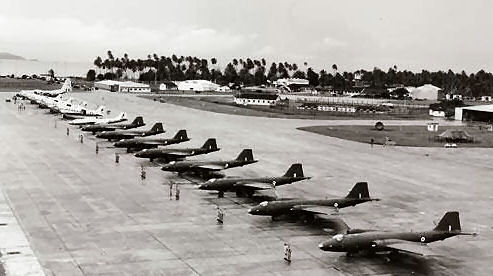 five of its Canberras bombed three communist camps, believed to be
reoccupied, near Ipoh. A report on the bombing mission noted "the
devastation caused was so complete that it was impossible to assess the
result".
five of its Canberras bombed three communist camps, believed to be
reoccupied, near Ipoh. A report on the bombing mission noted "the
devastation caused was so complete that it was impossible to assess the
result".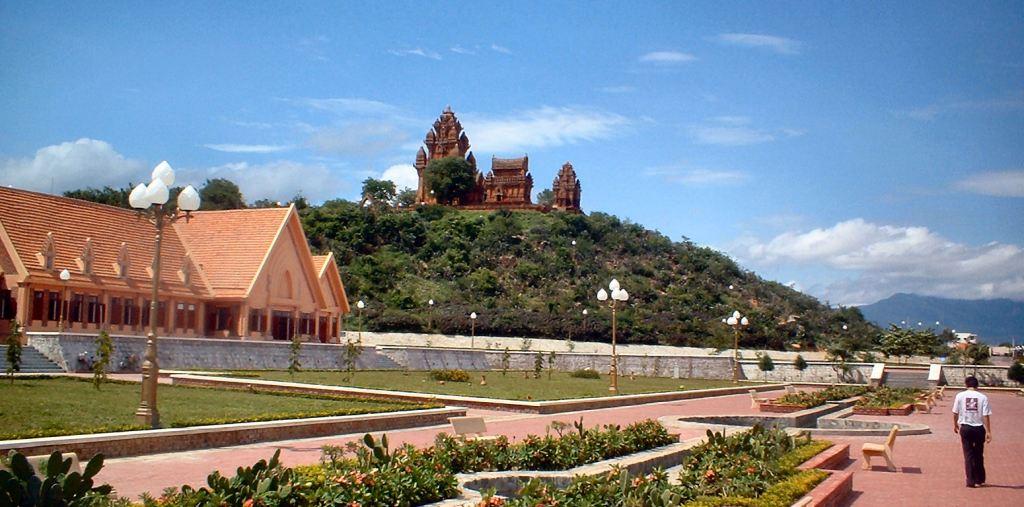

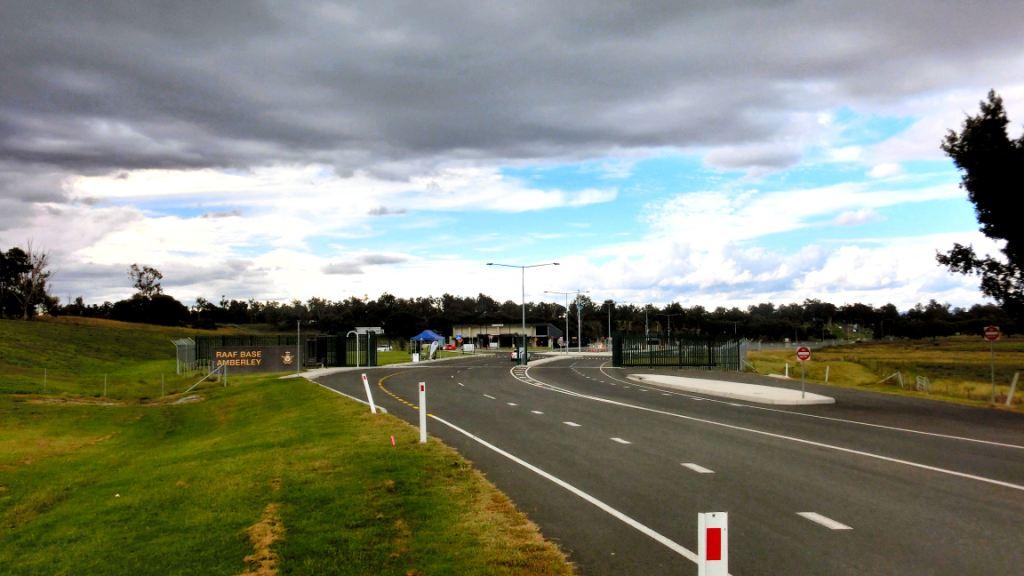
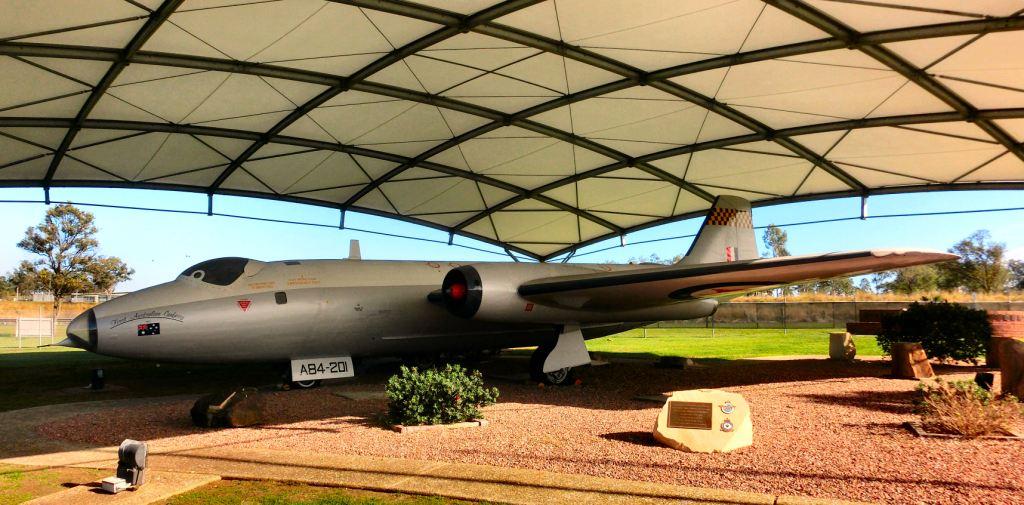
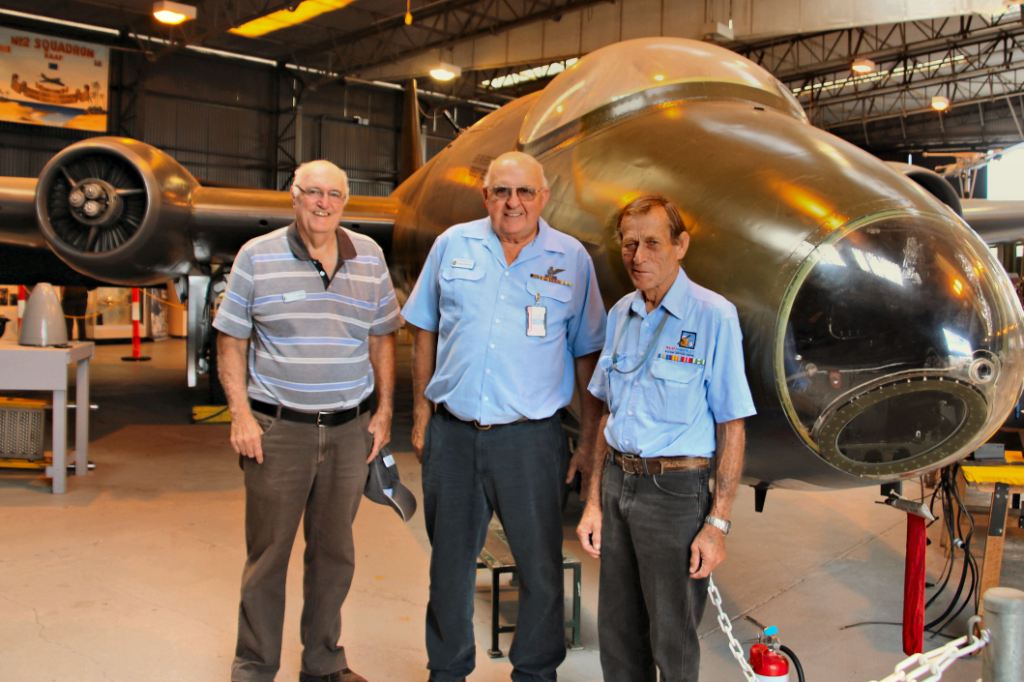
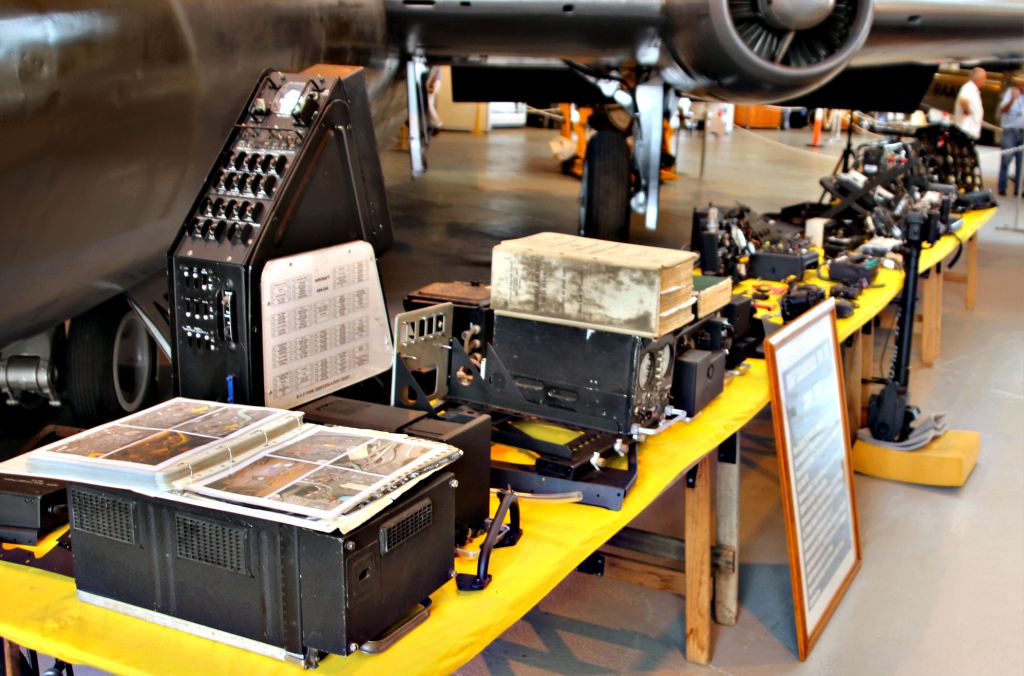
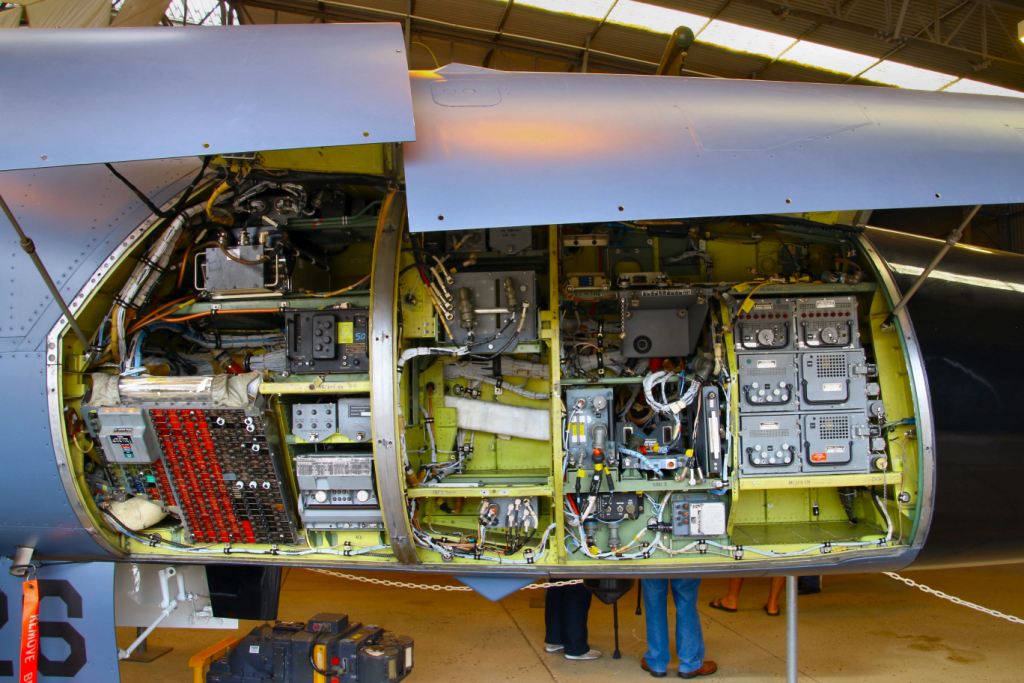
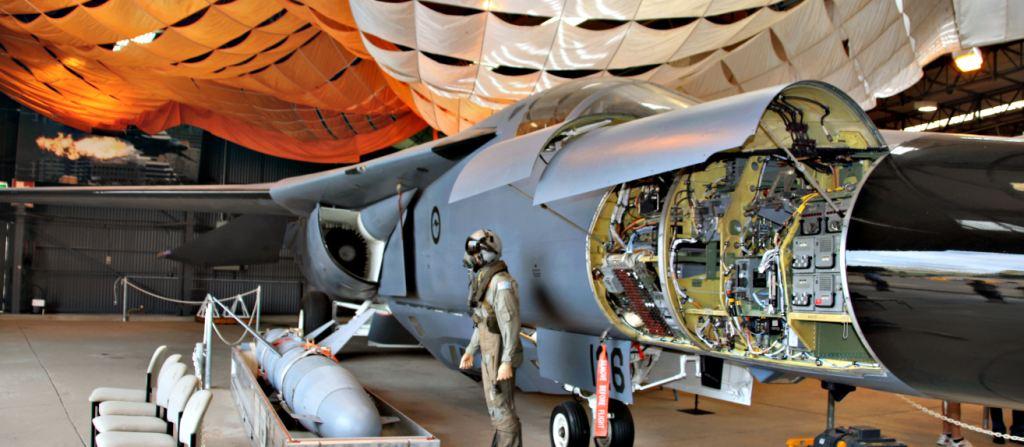
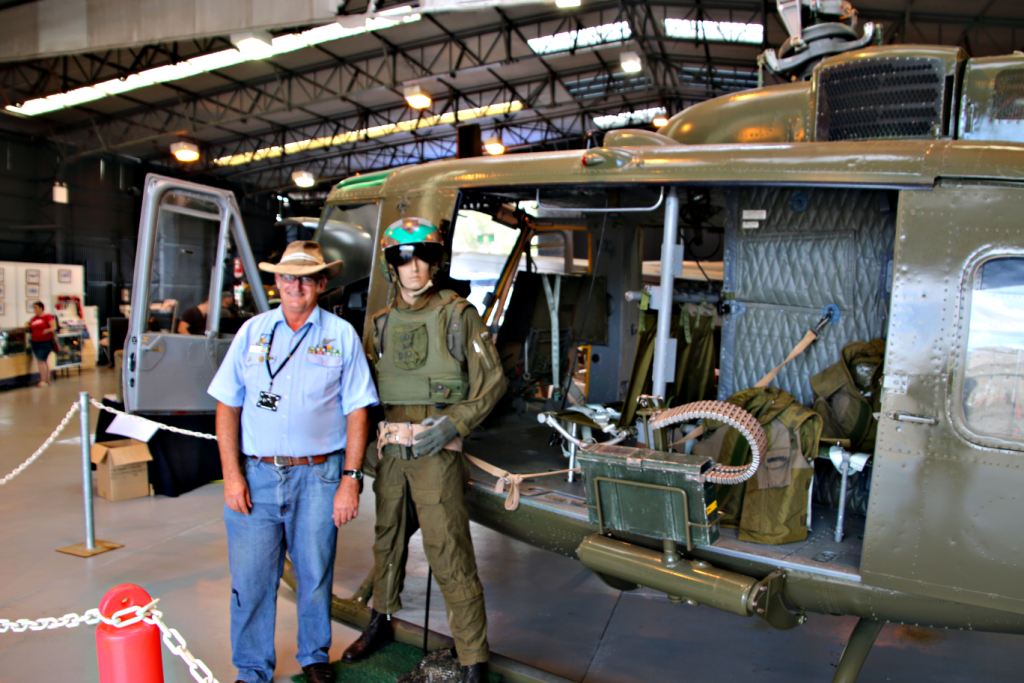
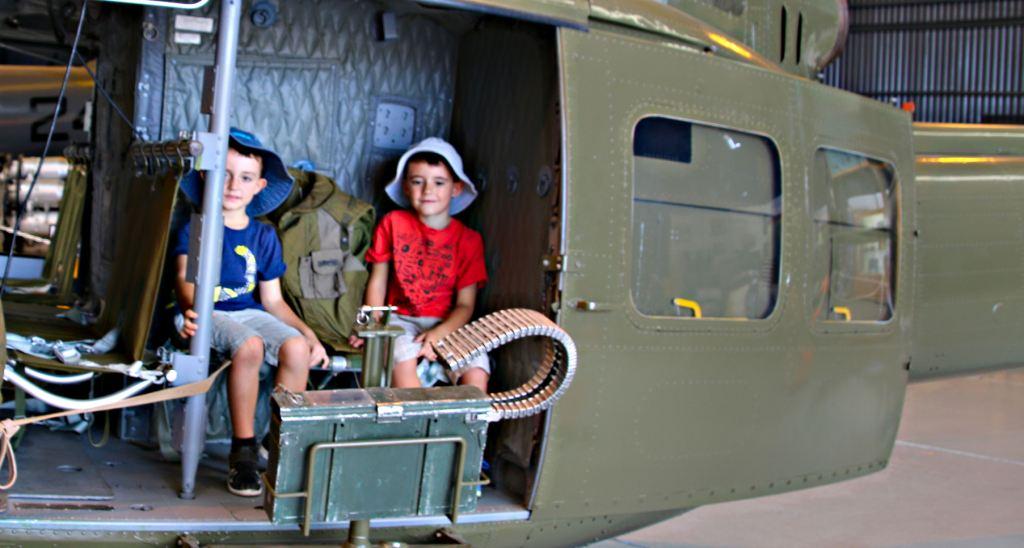
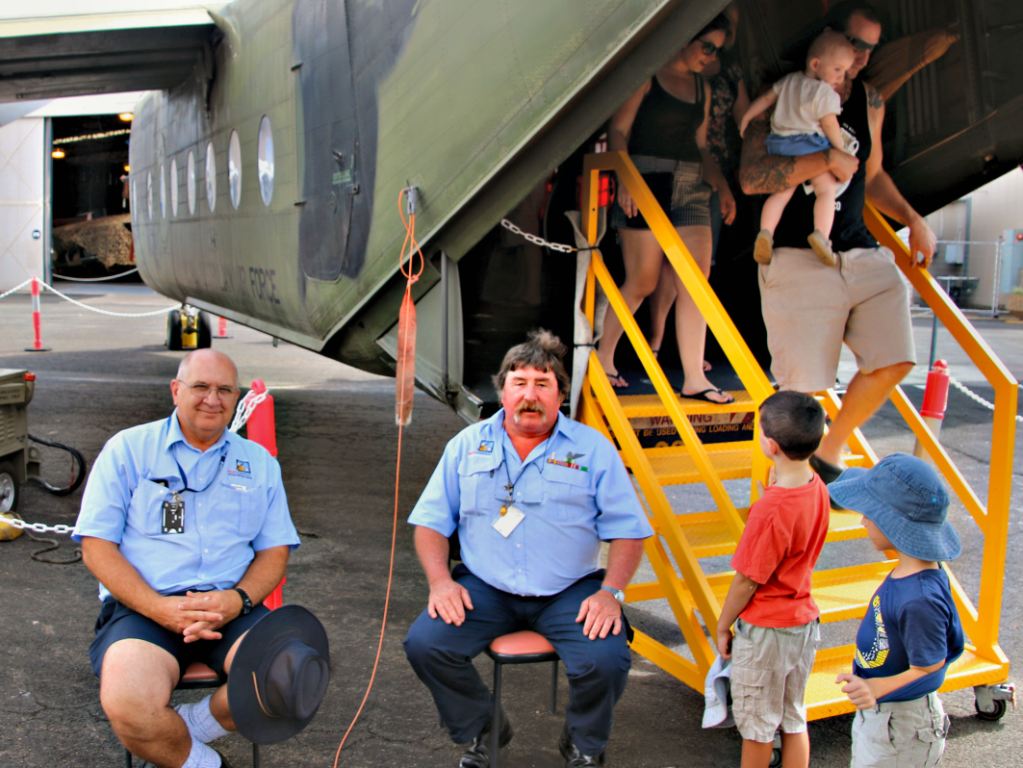
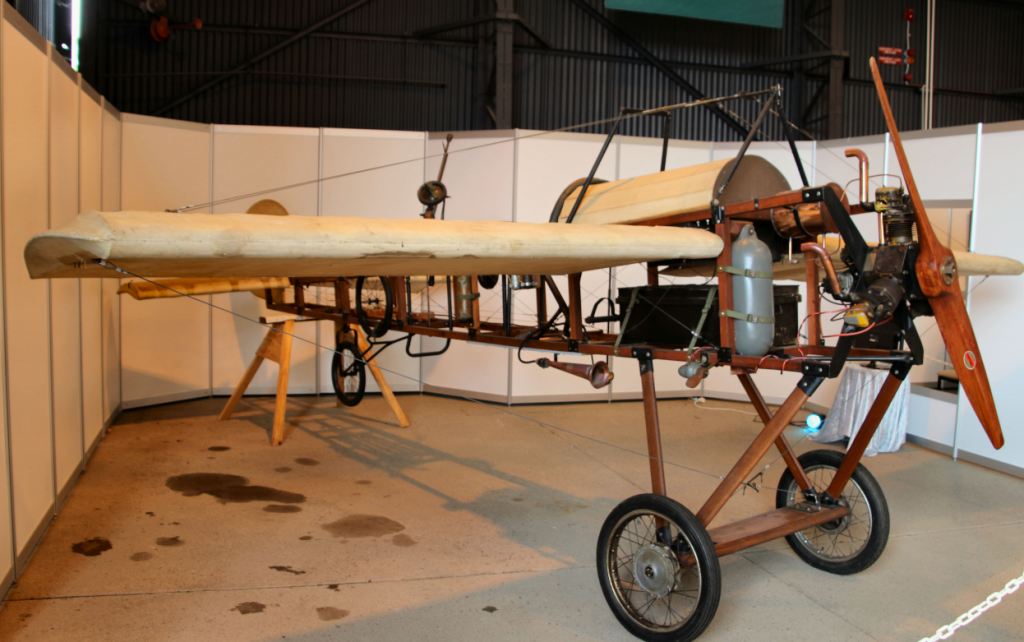
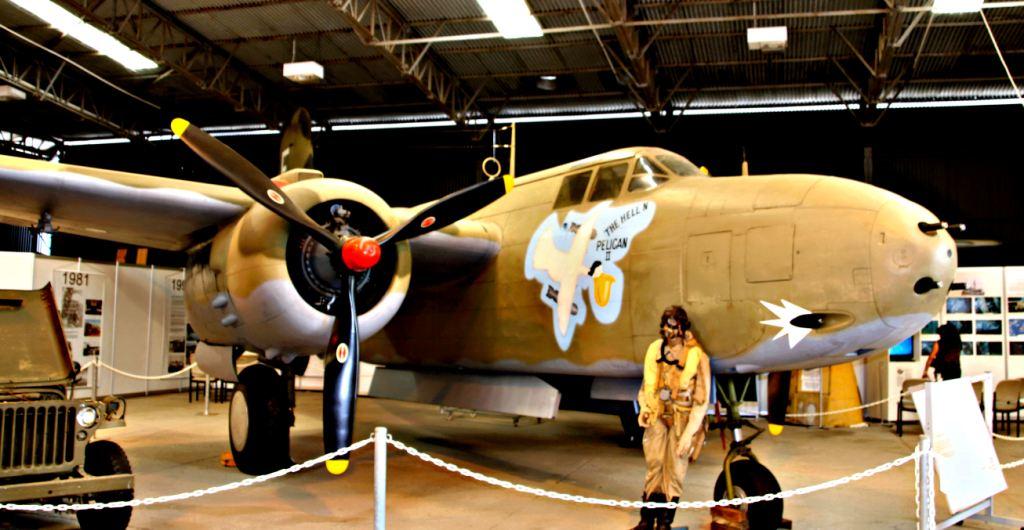
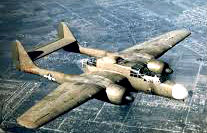
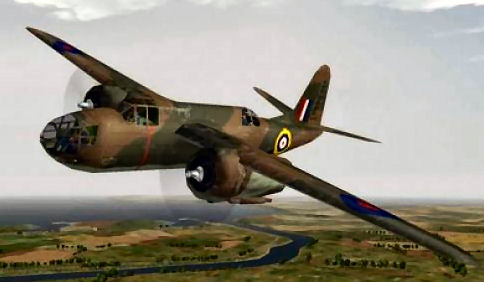
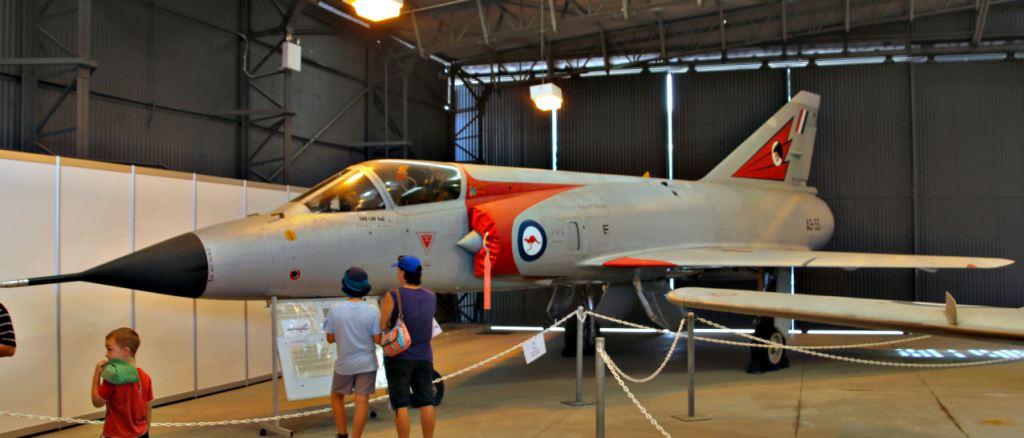
 attack variants with slightly different radar and the addition of
doppler navigation and radar altimeters for low-level operation.
attack variants with slightly different radar and the addition of
doppler navigation and radar altimeters for low-level operation. 